03 Feb

Top statistics portal, Statista predicted the number of bloggers in the US to reach 3.17 million in 2020. By now, it has probably surpassed that number as it shows no signs of ever receding. This is because many business owners and marketers know the incredible benefits of blogging. But writing a blog post alone isn’t enough to harness all that blogging powers. You need to employ the best SEO practices to make your content rank high in search engines. If you’re unsure how to go about this, we’ve come up with this guide to help you.
Do Your Keyword Research
Content creators and SEO experts swear by the use of keywords in ranking blog posts. They are what will help you determine which topics to write about. These are the exact words or phrases that people are looking for.
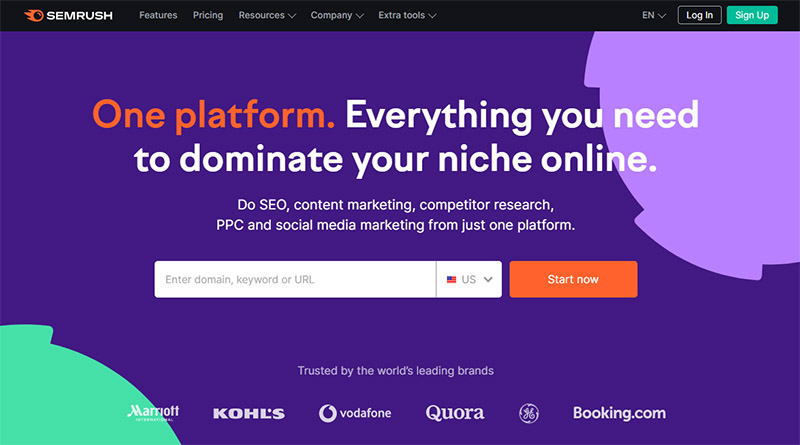
You can find various tools available online to help you with your keyword research. One of which is SEMRush or Ahrefs. So before you start writing a blog post, do your research and plan your content first.
Find Your Focus Keyword
You can then make a list of all the keywords that you can use for your blog posts. Then pick those with the highest search volumes and low competition. These will be your focus keywords.
After finding your focus keywords, you can now proceed to find your Latent Semantic Indexing (LSI) keywords. To do this, enter your focus keyword in Google Search. At the bottom of the results, you’ll see a list of “related searches.”
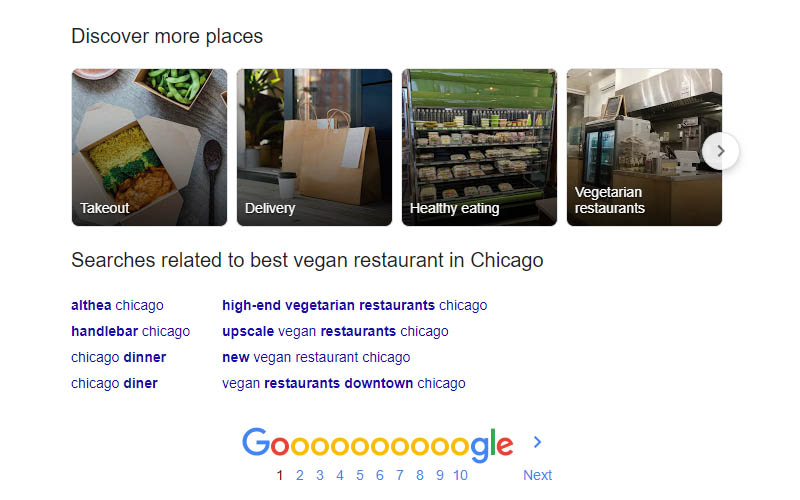
Use these semantic and focus keywords throughout your content, but avoid stuffing it with them.
Write an SEO-Friendly Blog Post Title
It’s time now to start writing your blog post. First, you need to make sure that your title is relevant to search queries. In addition, it has to grab the interest of viewers for them to read through your article.
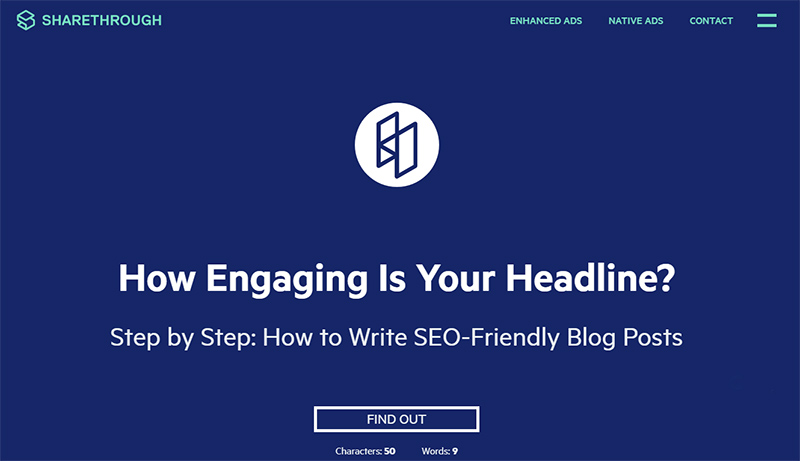
Be sure to add your focus keyword in it. You can use a headline analyzer to help you write the best blog post title. You can try Sharethrough Headline Analyzer. This will give you scores and tips on how to improve your headlines.
Include Internal Links
An internal link is a link from a page on your website or blog to another page on your website or blog. To help Google find your blog posts better, link them to anywhere on the web, preferably authority websites. But why link outside when it would be more advantageous if you link to yours?
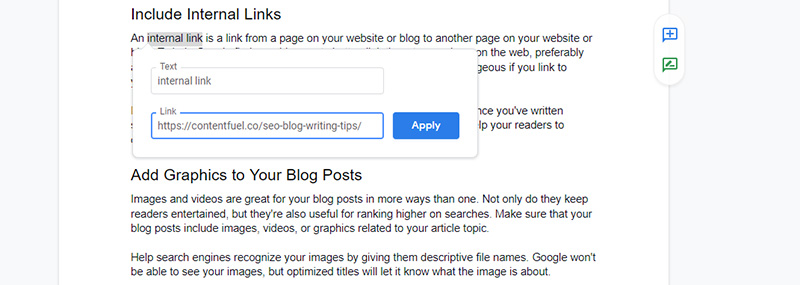
If you’re new to blogging and have only a few blog posts, don’t worry. Once you’ve written several articles, always make it a habit to link internally. This will also help your readers to discover your older pieces.
Add Graphics to Your Blog Posts
Images and videos are great for your blog posts in more ways than one. Not only do they keep readers entertained, but they’re also useful for ranking higher on searches. Make sure that your blog posts include images, videos, or graphics related to your article topic.
Help search engines recognize your images by giving them descriptive file names. Google won’t be able to see your images, but optimized titles will let it know what the image is about.
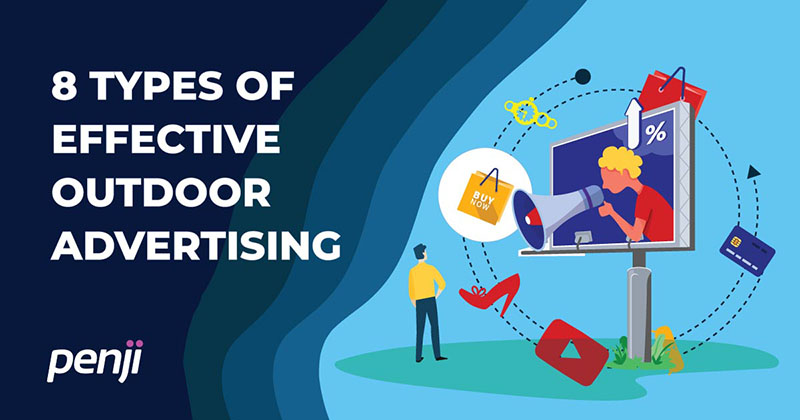
There are websites that you can turn to for royalty-free images. Or you can choose to have them custom-designed by graphic design services such as Penji. Here’s a sample featured image from them:
Write Good Meta Descriptions
A meta description is a tag that you add to your page to give a summary of what the blog post is about. Adding this to your article makes it easier for people to find what they need. Make sure that you make good use of the 155 character limit by including a keyword in it.

The image below shows you how a well-written meta description looks like:
Make Your Blog Posts Easy to Read
An Optinmonster study found out that 43% of people admit to skimming blog posts. Making your content easy to read avoids this and keeps them glued. And when your blog posts are easy to digest, Google ranks them higher.
You can improve readability by making your sentences and paragraphs shorter or “snackable.” Using formatting can also help. Use headings, subheadings, or make a bulleted list to make the article easier on the eyes.

You can use writing tools such as Hemmingway Editor or Grammarly. These can help you edit your content while giving you tips on the readability of your written pieces.
Target Being the Featured Snippet
To make searching a good experience, Google created the featured snippet or the answer box. This is the box that has a snippet of your article that Google presumes to answer the searcher’s query.

This is where keyword research becomes vital. Once you determine what your target audience is looking for, write that article. When you provide great information, Google may put you in the featured snippet section. There is no set rule on how to achieve this other than writing insightful and quality blog posts.
Give Life to Older Blog Posts
Many bloggers think that after publishing a blog post, their work is done. The truth is, optimization doesn’t end when you publish. You must continuously update the content, promote it, and monitor its search ranking.
For blogging beginners, this is the right time to add internal links to your blog posts. You can then share your content on social media platforms. The next step will be to track your blog posts’ ranking.
You can use SEMRush or Google Search Console to check your content ranking. To continually improve your ranking, always update your blog posts.
Final Thoughts
Blogging is an enjoyable activity, and the advantages it brings businesses are just too many to mention. However, placing your blog posts on top search engine spots can be quite the challenge. Hopefully, this step-by-step guide will help you as it did with us here at Content Fuel.










